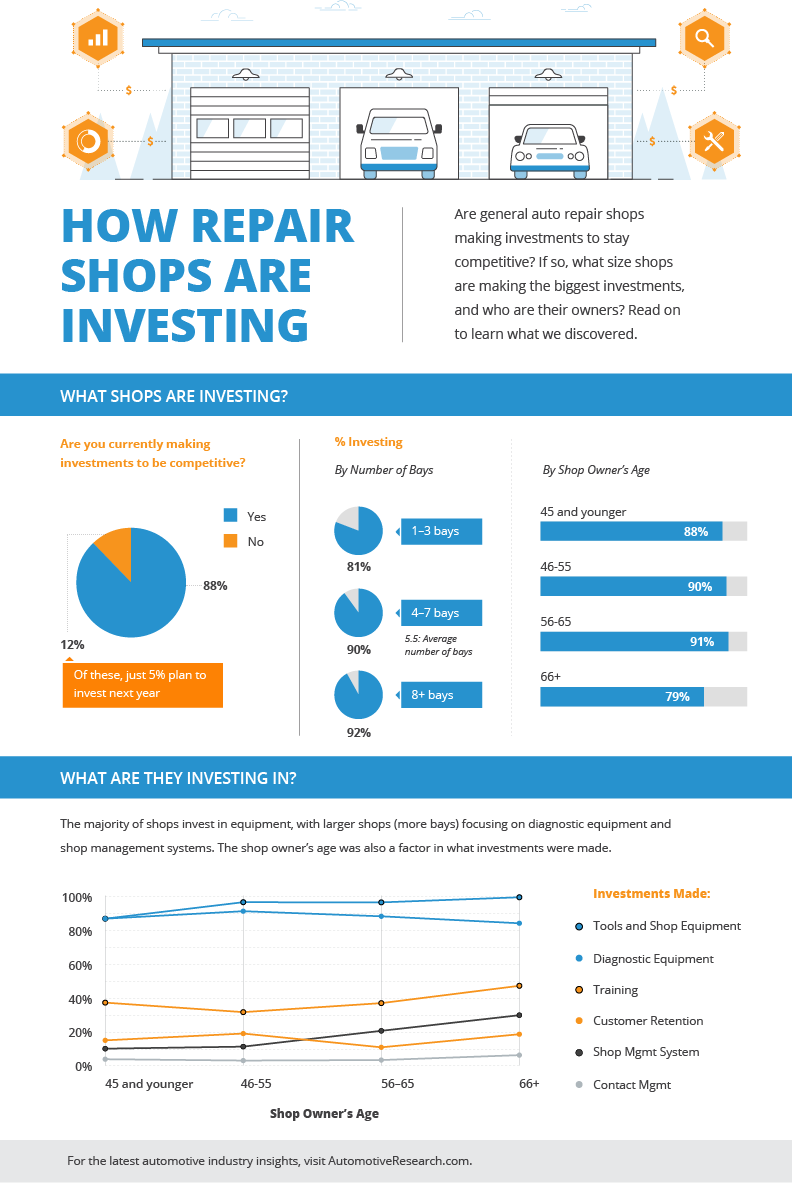Decoding Your Automobile'S Warning Indicators: What They Absolutely Represent
Decoding Your Automobile'S Warning Indicators: What They Absolutely Represent
Blog Article
Produced By-Faulkner Gilbert
When you lag the wheel, those radiant caution lights on your dashboard can be a little bit puzzling. Do you recognize what they're attempting to inform you regarding your cars and truck's health and wellness? Recognizing car drycleaning near me of these lights is crucial for your safety and the durability of your vehicle. So, the next time one of those lights pops up, wouldn't you want to decipher its message precisely and take the necessary actions to resolve it?
Common Caution Lighting and Interpretations
Identify usual caution lights in your automobile and comprehend their significances to make sure safe driving.
The most regular caution lights consist of the check engine light, which signifies issues with the engine or exhausts system. If this light comes on, it's important to have your vehicle inspected without delay.
The oil stress advising light shows reduced oil stress, requiring immediate attention to avoid engine damage.
A flashing battery light could recommend a damaged charging system, possibly leaving you stranded otherwise resolved.
The tire stress tracking system (TPMS) light informs you to low tire stress, impacting lorry stability and fuel effectiveness. Neglecting this might lead to hazardous driving problems.
engine wash suggests a problem with the anti-lock stopping system, endangering your capability to quit quickly in emergency situations.
Last but not least, the coolant temperature level warning light warns of engine overheating, which can lead to serious damage if not dealt with swiftly.
Comprehending these common caution lights will help you address concerns quickly and keep risk-free driving problems.
Relevance of Prompt Attention
Understanding the common caution lights in your automobile is just the initial step; the relevance of without delay attending to these warnings can not be emphasized enough to guarantee your safety and security on the road.
When a warning light illuminates on your dashboard, it's your auto's method of connecting a prospective concern that needs interest. Ignoring these warnings can cause extra extreme issues later on, jeopardizing your safety and security and potentially costing you extra out of commission.
Prompt attention to warning lights can protect against break downs and crashes. For example, a flashing check engine light can suggest a misfire that, if left neglected, might cause damage to the catalytic converter. Addressing this without delay can save you from an expensive repair.
In a similar way, a brake system advising light might signal low brake fluid or used brake pads, critical parts for your security when driving.
DIY Troubleshooting Tips
If you notice a warning light on your control panel, there are a couple of DIY fixing tips you can try prior to seeking specialist assistance.
The first step is to consult your vehicle's manual to understand what the certain caution light suggests. In some cases the concern can be as easy as a loosened gas cap setting off the check engine light. Tightening up the gas cap might deal with the trouble.
An additional usual issue is a reduced battery, which can activate different advising lights. Inspecting the battery links for rust and ensuring they're safe and secure may repair the problem.
If a warning light persists, you can attempt resetting it by detaching the auto's battery for a few minutes and after that reconnecting it. Furthermore, inspecting your car's liquid degrees, such as oil, coolant, and brake liquid, can aid fix alerting lights associated with these systems.
Conclusion
In conclusion, understanding your vehicle's warning lights is necessary for keeping your vehicle running efficiently and safely. By immediately resolving these notifies and understanding what they mean, you can avoid pricey repair work and prospective break downs.
Bear in mind to consult your cars and truck's manual for specific details on each advising light and do something about it appropriately to make certain a trouble-free driving experience.
Stay notified, remain risk-free when traveling!
